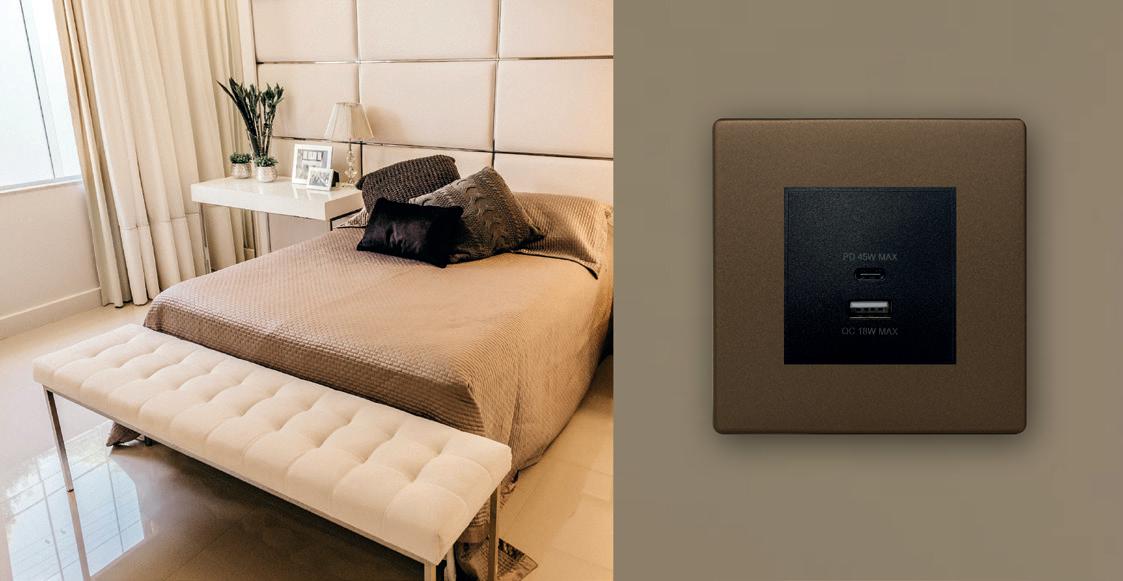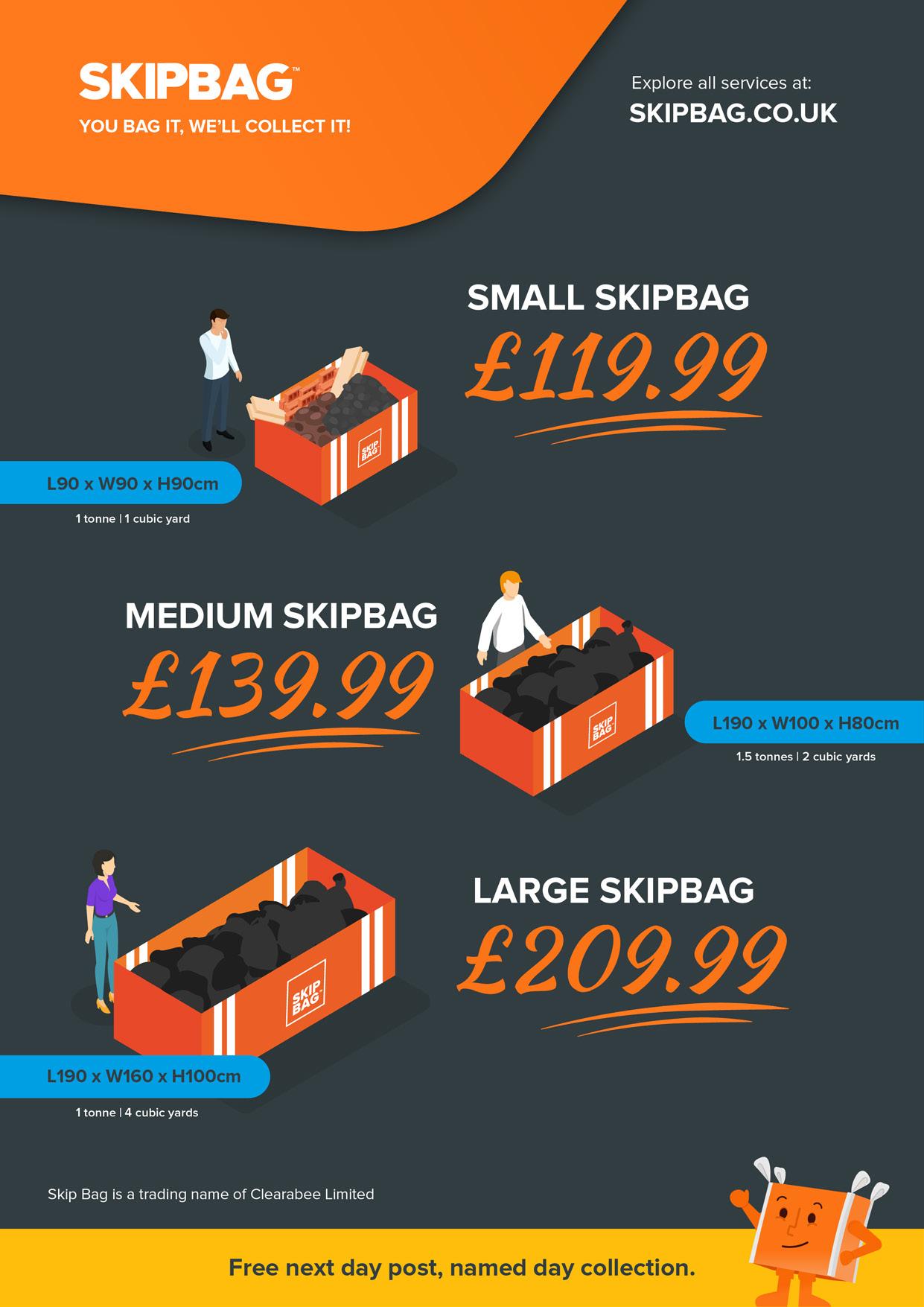
3 minute read
SMART TECHNOLOGY BY HAMILTON
www.hamilton-litestat.com
CHANGES FOR SMART DEVICE CHARGING AND HOW IT WILL AFFECT KBB INSTALLERS
Advertisement
USB-A vs USB-C: Future-proofing USB charging solutions for the next standard in smart devices
The demand for faster charging of devices has led to new USB standards, and with it an increased requirement for fitting sockets with USB charging capabilities. However, despite Brexit, popularity amongst homeowners is predicted to rocket because of changing EU regulations.
In a move to reduce electrical waste, battery-powered devices will no longer include a standard white block plugin charger. Gavin Williams, Sales and Marketing Director at Hamilton Litestat, looks at what this means for the installer, and how 13A USB charging sockets and Euro Module charging solutions can keep installers and their customers ahead of the curve.
“Until now, block plug-in chargers have come as standard with rechargeable battery devices. With such an abundance provided, many end up as e-waste. In a move to reduce the environmental impact the European Union is trying to stop supply and move towards a standard USB-type charging connector. One of the first brands to make this change is Apple, which won’t be providing a charging unit with the recently revealed iPhone 12.
But what does this mean for home-owners and installers? An increased demand for USB charging ports is anticipated, both for commercial and residential properties. But not all USB connectors were created equal –there are both USB Type A and USB Type C ports. But what’s the difference? Recap: USB-A vs USB-C The USB connector we’re probably most familiar with and is used in laptops and remote storage devices is the USB Type A, or USB-A. This has a reasonably large physical connector and offers charging of up to 2.5W. However, a new standard that enables significantly faster charging is on the horizon – the USB Type C, or USB-C. USB-C is physically much smaller and, more importantly, facilitates extremely fast data transfer of up to 10 Gbps and power transfer of 100W for rapid charging.
Unlike the early days of mobile phones where each brand had its own unique charging cable, USB-C is set to become standard across new devices. More than 700 technology companies, including Apple, Dell, Google, HP, Intel, Microsoft, and Samsung, have done away with the charging block and adopted the USB-C standard for upcoming products. Demand for USB-C charging ports is set to soar.
Charging ahead Forward-thinking installers looking to support customers and their varied power requirements will need to provide charging options for both legacy devices and the new standard. Hamilton is supporting the KBB industry with combined double switched 2.4A USB sockets that feature both USB-A and USB-C charging ports – a now ‘must-have’ in every home! Available in four stylish and versatile plate designs – Hartland, Hartland G2, Hartland CFX and Sheer CFX – and up to eleven finishes, these solutions deliver functionality of the future while ensuring interior style and design aspirations are achieved.
Power up However, faster charging needs more power more rapidly and there are still restrictions on the charging capability from a 13A socket. To deliver the higher rate of charge for highcapacity devices, such as the new MacBook Pro or iPad Pro, a Euro Module is required. Hamilton has recently launched a 45W Type C / 18W Type A, 50x50 Euro Module that is designed to deliver additional power, ensuring power-thirsty devices can charge at full capacity, ensuring customers will never run out of power.
When a device is plugged into the Euro Module it will negotiate the power output. For example, a device with USB-C (labelled PD – Power Delivery) will either accept the full 45 watts on offer or will advise the charger to adjust the current and voltage to enable optimum charging. The same applies to the 18W Type A socket (labelled QC – Quick Charge). The MacBook Pro and iPad Pro are examples of devices that do not charge appropriately from a USB-C port in a standard 13A socket and require a Euro Module to charge effectively. For installers looking to support customers in the long term, Hamilton’s USB charging products provide stylish transitional solutions. Supporting legacy devices, along with providing the power needed of the latest high-capacity devices, customers will be able to both work, relax and recharge without any worries.











